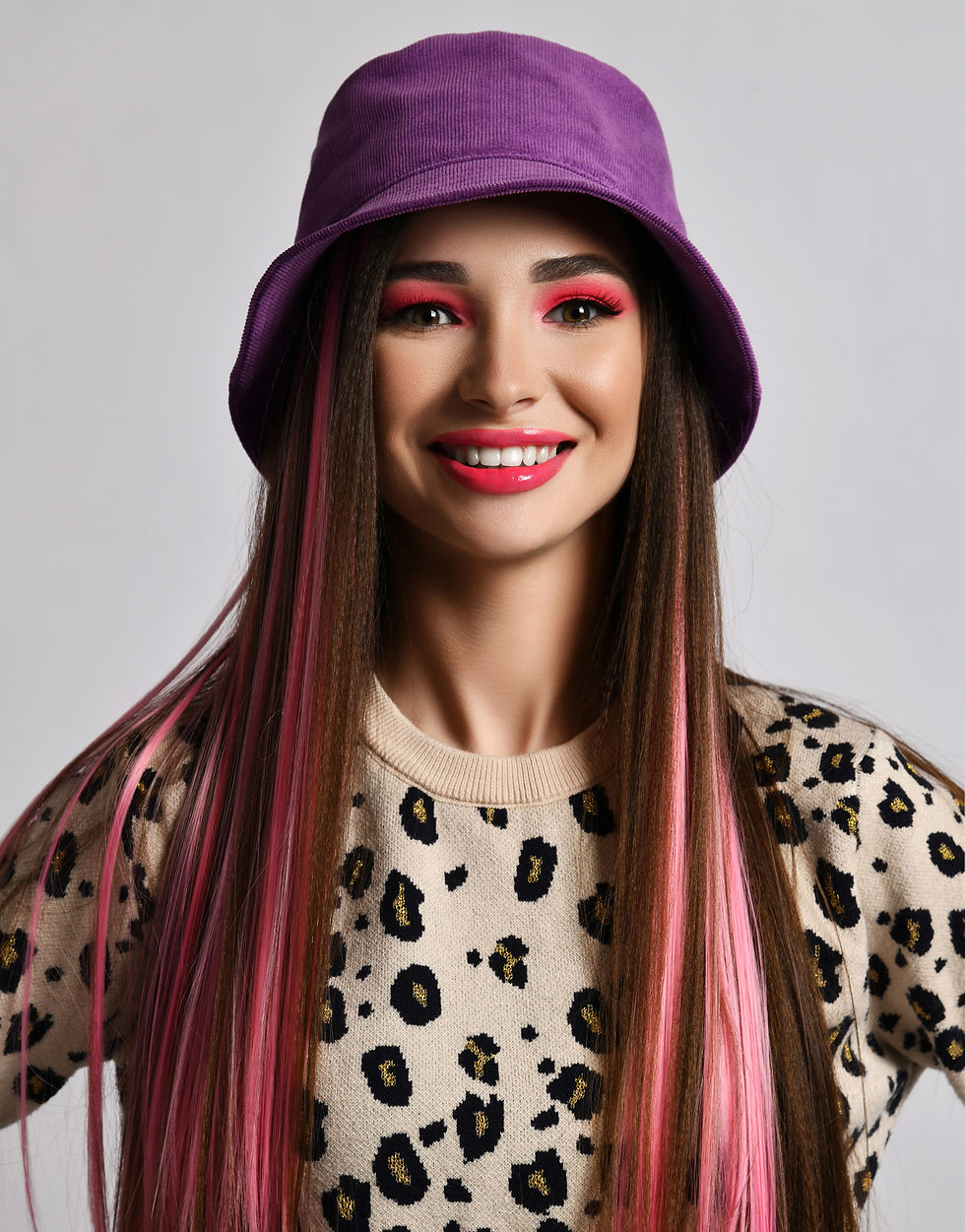Best Virtual Product Photography 3D 2D 360 services lowest price Adobe tools in India. Greater creative flexibility, Less time Lower cost.
Virtual product photograph is high quality realistic 2D or 3D Adobe software ZJELL Tools Generated photos images or CGI. Virtual Products Photoshoot is done by professional ZJELL Photographers with best tools to get real indistinguishable from a photograph taken with a camera in a traditional photography studio.
Virtual Photography is the future of eCommerce Product Imaging Services. ZJELL making product visuals photography evolved enough to meet the demands of today’s fast-paced eCommerce market where buyers expect incredible visual experiences.
The goal isn’t just to show an image of the product, but to show off its features in a way that evokes a feeling in potential customers. Creating a virtual product photo, requires utilizing product sketches, photos, samples, or existing CAD files. Those are used to build a model and then add shadow, color, and texture to create a photorealistic image.
Top 10 Benefits of Virtual Product Photography:
- Lowest cost in comparison with traditional photography.
- Brands need to scale their product imagery for e-commerce.
- Increases loading speed of your website on Mobile and computers.
- 3D rendered images are also highly shareable.
- Increasing the likelihood that happy customers will tell the world about your product.
- Highly Customization to drives better results.
- High quality images increase the likelihood of customer purchase.
- Saves money and time
- Enhances image versatility and agility
- Virtual photography helps you not only on the customer-facing side of your business but also in product iteration.
With virtual photography, you don’t need to build a physical model for each product iteration. Best of all, with virtual photography, you can adjust angles, colors, and more with a few clicks.
Better visuals not only increase the chance that customers will buy your product in the first place, but also will increase the chance that they’ll be satisfied by the result. A 360-degree product view can allow your customer to see a product from all angles, so there are so surprises when their purchase arrives.
3D Virtual Product Photography
3D virtual product photography involves creating digital representations of physical products using three-dimensional computer-generated imagery (CGI). This technique is commonly used to showcase products in an immersive and interactive way, especially in e-commerce and digital marketing. Here's an overview of the process and key considerations for 3D virtual product photography:
Process:
Modeling:
- 3D Modeling Software: Use specialized software (e.g., Blender, Autodesk Maya, Cinema 4D) to create a 3D model of the product.
- Details: Ensure that the model includes accurate details such as texture, color, and dimensions.
Texturing:
- Materials and Textures: Apply realistic materials and textures to the 3D model, mimicking the appearance of the actual product.
- High-Quality Textures: Use high-resolution images or procedural textures to achieve realistic surface details.
Lighting:
- Virtual Lighting Setup: Simulate realistic lighting conditions using virtual lights within the 3D environment.
- Reflections and Shadows: Pay attention to reflections and shadows to enhance the realism of the product.
Rendering:
- Rendering Engine: Utilize a rendering engine (e.g., V-Ray, Arnold, RenderMan) to generate high-quality, photorealistic images or animations.
- Resolution: Render images at a high resolution for detailed and crisp visuals.
Post-Processing:
- Image Editing Software: Use image editing software (e.g., Adobe Photoshop) for any necessary post-processing, such as color correction or background adjustments.
Integration:
- Website or Platform Integration: Integrate the 3D product models into your website or e-commerce platform using compatible formats (e.g., glTF, USDZ).
- AR/VR: Consider incorporating augmented reality (AR) or virtual reality (VR) features for an immersive experience.
Interactivity:
- 360-Degree Views: Provide viewers with the ability to rotate the product for a 360-degree view.
- Zoom and Pan: Enable users to zoom in and pan across the product to examine details up close.
Optimization:
- File Size: Optimize 3D models and textures to ensure fast loading times on websites or applications.
- Compatibility: Ensure compatibility with various devices and browsers.
Considerations:
Cost and Resources:
- 3D virtual product photography can be resource-intensive, requiring skilled 3D artists, powerful hardware, and specialized software.
Realism:
- Strive for realism in terms of lighting, reflections, and textures to create an authentic representation of the product.
User Experience:
- Prioritize a seamless and user-friendly experience, allowing customers to interact with the product effortlessly.
Integration with E-Commerce:
- Ensure compatibility with e-commerce platforms and consider how 3D models enhance the overall shopping experience.
Security:
- If implementing AR or VR features, consider the security aspects of user interactions and data.
3D virtual product photography offers a dynamic and engaging way to showcase products online, enabling customers to explore and interact with items as if they were physically present.
Get more details about Product Photography.













































